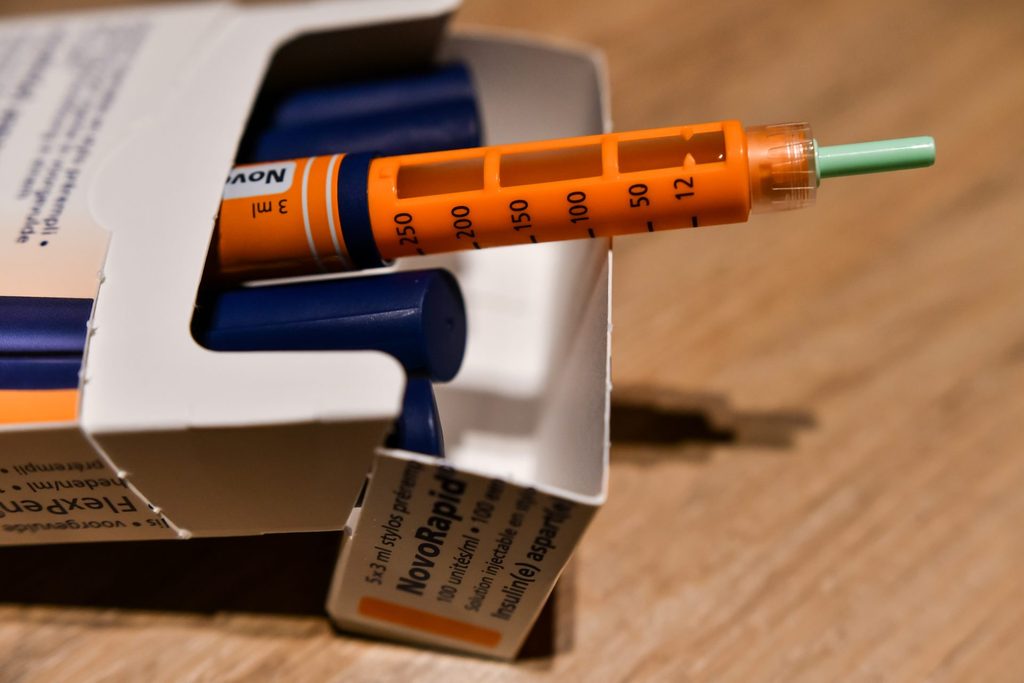The sensor for patients with type 2 diabetes who need to receive insulin three times a day – some 18,900 children and adults – will be fully reimbursed from 1 July, Health Minister Frank Vandenbroucke stated on Tuesday.
The bodies of type 2 diabetes patients do not make enough insulin to assimilate sugar or do not respond well to insulin. Often, patients have to take blood samples several times a day to measure their sugar levels and inject insulin, which is both time-consuming and leads to more hospitalisations. From now on, however, a tool to ease the process will be free for this group.
"The use of the sensor represents great added value for diabetic patients. It makes their lives easier, reduces the number of hospital admissions and cuts down on absenteeism from school and work," Vandenbroucke said.
The tiny sensor is a kind of bandage with a very small needle that ensures continuous glucose monitoring automatically throughout the day and night, allowing patients to see their glucose level, or blood sugar level, anytime at a glance.
It is stuck to the upper arm for a period of two weeks. Using a meter, people can see how their blood sugar level changes from hour to hour, allowing them to make more informed decisions about their diet and exercise. In the long term, these patients are likely to experience fewer diabetes-related complications and will therefore live a healthier lifestyle.
Related News
- Forgotten killer: Belgian asbestos victims seek real sense of justice
- Belgian scientists make important brain cancer breakthrough
The sensor is already reimbursed for type 1 diabetes patients, but will now also become free for B patients with type 2 diabetes who require intensive treatment, blood samples taken at least four times a day to measure their blood sugar levels, and insulin injections administered at least three times a day.
They currently have to pay a substantial supplement (€920 per year) to use the sensor, which is for many a major barrier to access to this method of measurement.

